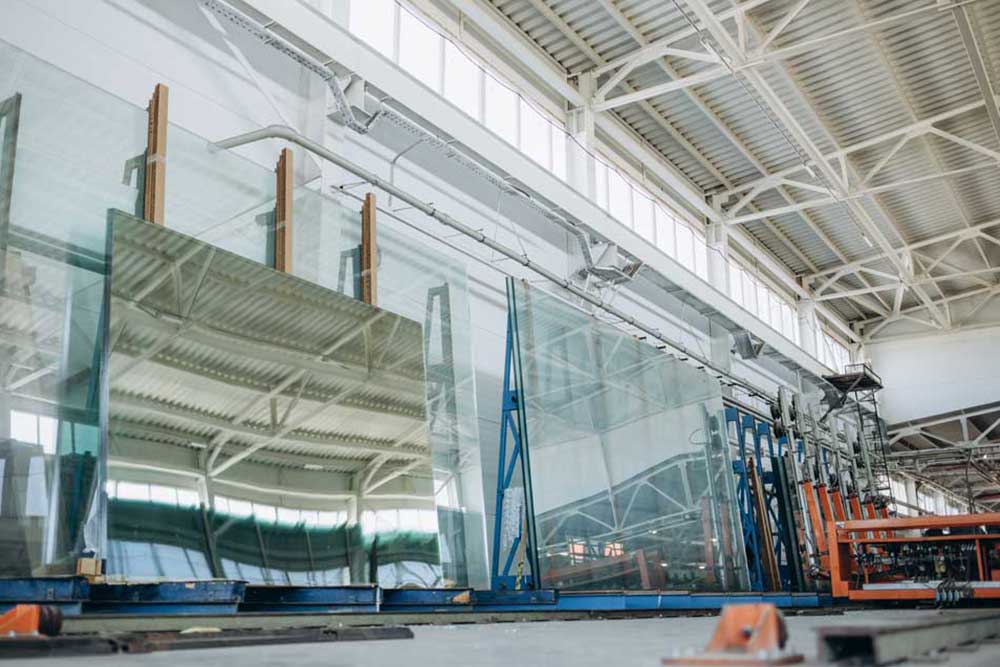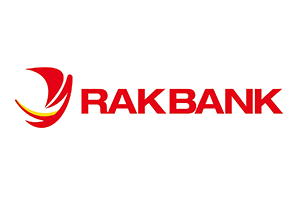Glass Fabrication

Glass fabrication is the process of cutting, shaping, and transforming glass into different forms and products to suit various applications. From buildings and vehicles to art and design, glass fabrication has a diverse range of uses. Let’s explore the history of glass fabrication, its features, benefits, and applications.
Glass fabrication has a long and rich history that dates back to ancient times. The first recorded use of glass dates back to the ancient Egyptians, who used it to create beads and jewelry. The Romans later used glass for windows and vessels, and during the Renaissance, glass became an important medium for art and architecture.
In the 19th century, glass fabrication underwent a significant transformation with the invention of the float glass process, which made it possible to produce large sheets of high-quality glass. This led to a revolution in architecture and design, as glass became a dominant material in the construction of skyscrapers and other modern structures.
Glass fabrication involves the transformation of raw glass into different forms and shapes using various processes such as cutting, drilling, and polishing. Some of the key features of glass fabrication include:
Versatility
Glass can be fabricated into a wide range of shapes, sizes, and textures, making it a highly versatile material for various applications.
Transparency
Glass is a transparent material that allows light to pass through it, making it ideal for use in windows, doors, and skylights.
Durability
Glass is a durable material that can withstand extreme temperatures and weather conditions, making it suitable for use in buildings and vehicles.
Glass fabrication has several benefits that make it a popular choice for various applications. Some of the key benefits of glass fabrication include:
Aesthetics
Glass is a beautiful material that can be used to create stunning designs and architectural features, adding aesthetic value to any space.
Energy Efficiency
Glass can be used to create energy-efficient windows and doors, reducing heating and cooling costs and lowering carbon emissions.
Safety
Tempered and laminated glass can be fabricated to provide enhanced safety and security, making it an ideal material for use in vehicles and buildings.
Glass fabrication has a diverse range of applications in various industries. Some of the key applications of glass fabrication include:
Architecture and Construction
Glass is a popular material for use in modern architecture and construction, as it can be used to create stunning designs and energy-efficient structures.
Automotive
Glass is a critical component of vehicles, providing visibility and safety to drivers and passengers.
Art and Design
Glass is a popular medium for art and design, with many artists using it to create unique and intricate pieces.
Electronics
Glass is used in the production of electronic devices such as LCD screens and touchscreens, providing a clear and durable surface for display.
Medical
Glass is used in medical applications such as laboratory equipment, medical devices, and surgical instruments, due to its durability and resistance to chemical and biological agents.
Glass fabrication has a rich history and a diverse range of applications in various industries. Its versatility, transparency, and durability make it a popular material for use in architecture, automotive, art and design, electronics, and medical applications. With advancements in technology and production methods, the possibilities for glass fabrication are endless, making it an exciting material for future innovations.
















